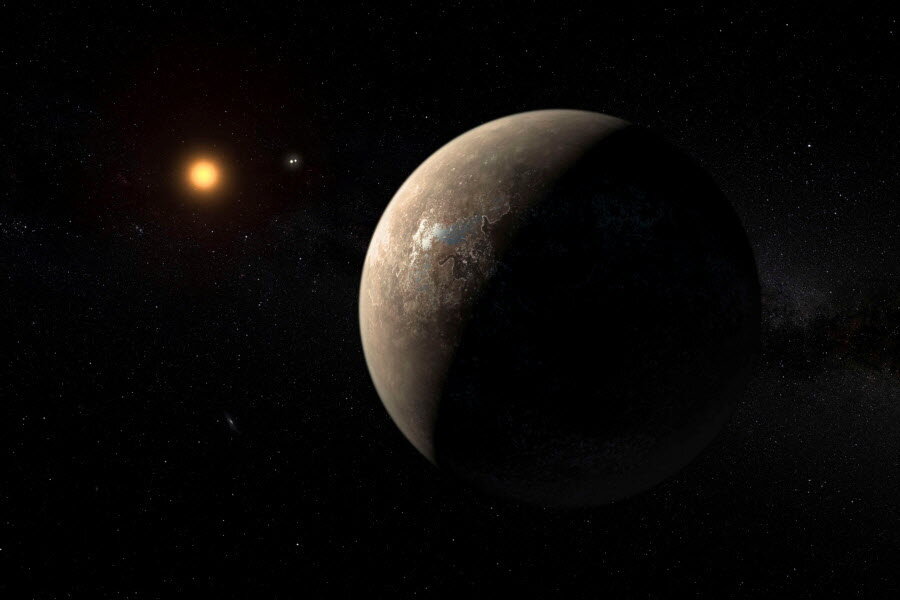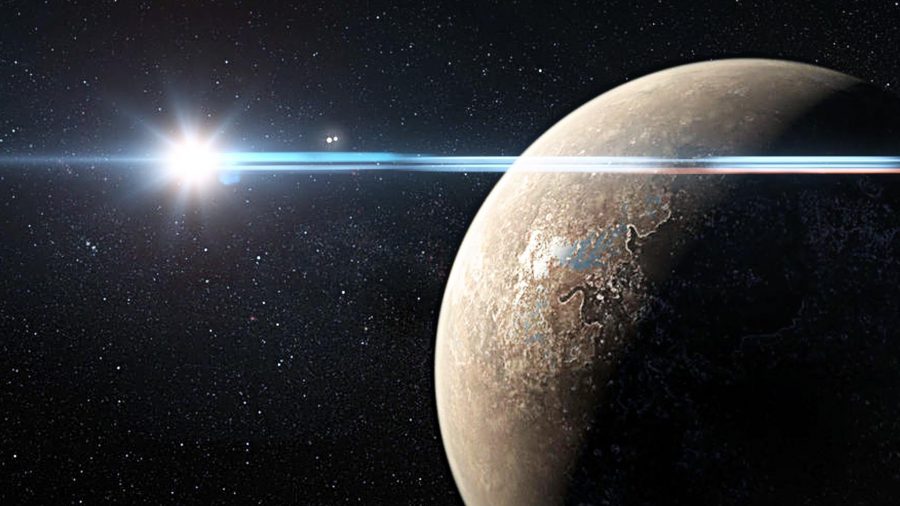Scientists have been searching for planets that share similar features to the Earth. One of the most promising is Proxima Centauri B located in the Proxima Centauri system. This planet was discovered on August 24, 2016.
La Silla and The Very Large Telescope were the first ones to report the existence of Proxima Centauri B. They found it using a spectrometer to scan for planets that shared characteristics such as temperature than the earth. Scientists from both stations were excited for the discovery as this new planet has the right conditions to harbor water.
So far, physics and astronomists agree that Proxima Centauri B is located in the “habitable zone.” This spot is the exact space between the system’s sun and their planets in which the temperatures are acceptable for water to be in liquid form.


The facts we know about life conditions in Proxima Centauri B
As scientists run more tests on the star, these hopes seem to diminish. Currently, they have found that the planet has no stable atmosphere which is a negative factor for life. Proxima Centauri B also has a different rotation cycle than Earth. On this planet, a year lasts only 11 earth days.
This short duration means that one side of the globe is in almost permanent dark which turns it into a tundra. On the other hemisphere, temperatures are very high most of the time which, in turn, makes it a permanent dessert. There is a small ring around the center of the planet which has a similar temperature than the Earth and may hold liquid water.
But there is still substantial missing data about Proxima Centauri B. The exact size of the planet is still unknown. Also, scientists do not know the exact conditions of its atmosphere instability. Also, The minerals and rocks on its surface are also an important factor that could bring interesting data in the future.
NASA has announced its interest in Proxima Centauri B
The NASA has shown its interest in researching more about this planet. Most of the information about Proxima Centauri B is the result of studies from Chile and China. But the U.S. central astronomic investigation agency has mentioned their interest in participating in this study.
The Kepler space telescope is their primary tool to pursue further research. NASA believes that Kepler could be potentially significant to find the missing information about Proxima Centauri B.
Source: NASA

